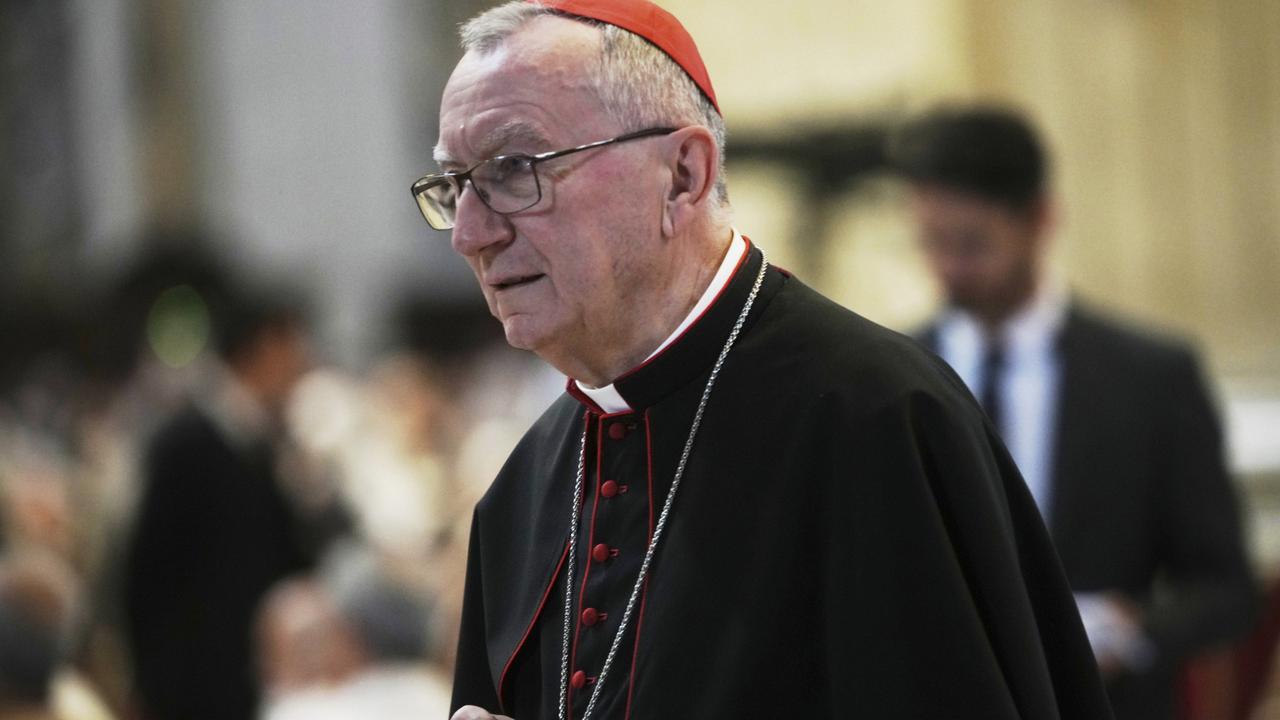Pay and volunteers: How Vladimir Putin revitalised the army
The Russian army is better organised and equipped than it has been for decades, with a motivated and disciplined officer class.

Tank for tank, missile for missile, Russia is so far ahead of Ukraine that on paper an invasion might end up being a mad dash to Kiev similar to the lightning advance by US forces across Iraq in 2003.
The Russian army today is better organised and equipped than it has been for decades, with a motivated and disciplined officer class.
Despite recent improvements in Ukraine’s forces – including NATO training and combat experience from the eight-year separatist war in the Donbas region – its army is still no match in the field.
However, just as the US was unable to defeat the insurgency in Iraq, Russia’s ability to quell a broad, post-invasion resistance in Ukraine is an altogether different proposition.
Andrew Krepinevich, a former senior Pentagon official with 20 years’ experience in the US Army, said Russia’s capabilities had soared since the “embarrassing” 1990s operations in Chechnya, which failed to suppress an insurgency. After the Cold War, the superpower’s debasement was best summed up by images of rusty submarines abandoned in polluted bays along the Kola Peninsula.
When Vladimir Putin came to power as President on May 7, 2000, his first ambition was to revive the military. He made it clear that he wanted Russia once again to be a force to be reckoned with.
He converted the army from an organisation that was reliant on underpaid, badly equipped and often bullied conscripts into a largely professional volunteer force of 400,000 soldiers on much-improved wages. Absenteeism, the bane of the old conscript army, was eliminated.
The average Russian army lieutenant now gets the equivalent of $US1000 a month, which is considered a good wage in civilian life.
Pentagon chiefs and US combat commanders who have seen the way the Russian military has made its presence felt in different parts of the world, especially in Syria supporting dictator Bashar al-Assad, openly acknowledge the improvement.
“The compliment that we have to pay to Russia is that they are a learning and adaptive force,” General Philip Breedlove, a former NATO supreme allied commander in Europe, told The New York Times.
“Every time we see them in conflict, they get a little better.”
In 2017, a Russian frigate in the Caspian Sea fired three Kalibr cruise missiles at Islamic State targets in eastern Syria 1300km away.
American commanders were taken by surprise. They did not even know that the Russian navy had such weapons operating in the region.
The Times



To join the conversation, please log in. Don't have an account? Register
Join the conversation, you are commenting as Logout